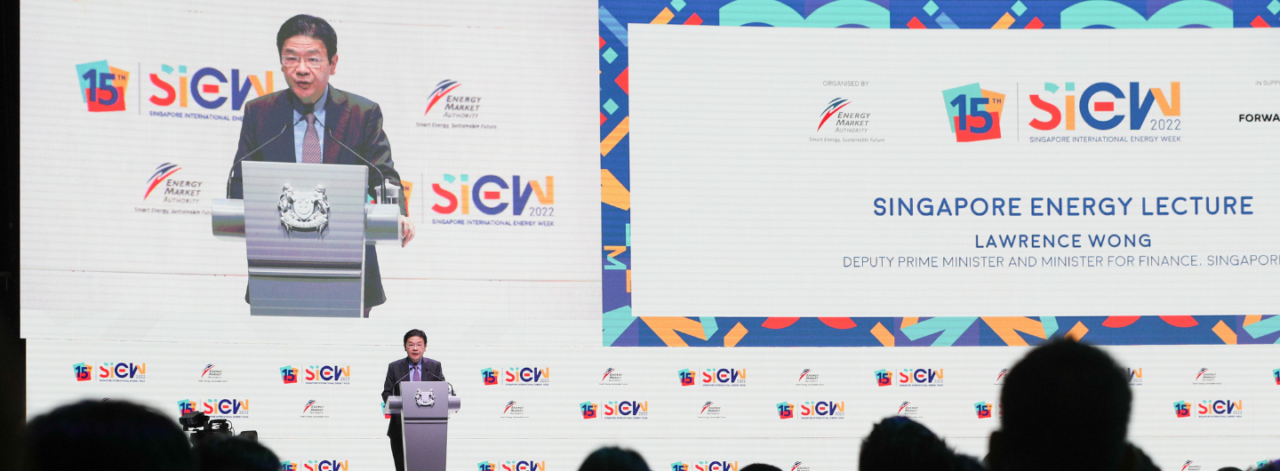3 Key Points from DPM Wong’s SIEW Speech
If you missed out on Deputy Prime Minister (DPM) Wong’s speech during this year’s SIEW, fret not!
Here are three of the most interesting points:
Net Zero by 2050
In his speech, DPM Wong cut Singapore’s emissions forecast and stated that the country would aim to achieve a peak in emissions earlier than 2030, with plans to reduce emissions to 60 million tonnes, as compared to the previously-mentioned 65 million tonnes.
The additional five million tonnes will be “equivalent to reducing our current transport emission by two-thirds”, said Wong.
“We also observed some positive global trends… There are growing investments in decarbonisation technologies, and a stronger desire for international collaboration in areas like carbon markets, which will provide additional avenues to decarbonize. All of these developments give us the confidence that Singapore can achieve a net zero future sooner rather than later.”

Singapore’s National Hydrogen Strategy
Global investment in low-carbon hydrogen has increased exponentially, backed by policies from countries around the world to accelerate its production and usage. “In short,” said Wong, “the world is now standing at an inflection point in global hydrogen development.”
Because of this, Singapore has launched its National Hydrogen Strategy, which aims to provide a roadmap for using hydrogen to support the country’s decarbonisation efforts, and outlines the steps that will be taken to prepare Singapore for her hydrogen future.
Depending on technological developments and the development of other energy sources, hydrogen could supply up to half of Singapore’s power needs by 2050 and will play an important role in decarbonisation efforts.
Singapore will aim to pace hydrogen deployment and infrastructure development with technological and global progress, focusing on five key areas:
- Experiment with the use of advanced hydrogen technologies at the cusp of commercial readiness through pathfinder projects
- Invest in research and development to unlock technological bottlenecks
- Pursue international collaborations to enable supply chains for low-carbon hydrogen
- Undertake long-term land and infrastructure planning
- Support workforce training and development of our broader hydrogen economy
The country will also have an additional $129 million to be directed towards projects that can help Singapore import, handle, and utilise hydrogen and its carriers safely and at scale.
“This National Hydrogen Strategy is a signal of Singapore’s ambition to leverage the potential of hydrogen as a decarbonisation pathway,” stated Wong. “We welcome new ideas and collaboration from all stakeholders to amplify our efforts and help us refine our approach, and we will also continue to adjust our strategy in line with technological and global supply chain developments.”
Scaling up green finance
Decarbonisation initiatives aren’t cheap, admitted Wong, estimating that several trillions of dollars in infrastructure investments will be needed over the next decade in Southeast Asia alone for the energy transition and path toward net zero.
In the same vein, this will require better data on projects, more disclosures by companies to address greenwashing concerns, and clearer definitions on activities that are transitioning from brown to green.
The 15th Singapore International Energy Week (SIEW) 2022 took place from 25 to 28 October in Singapore.